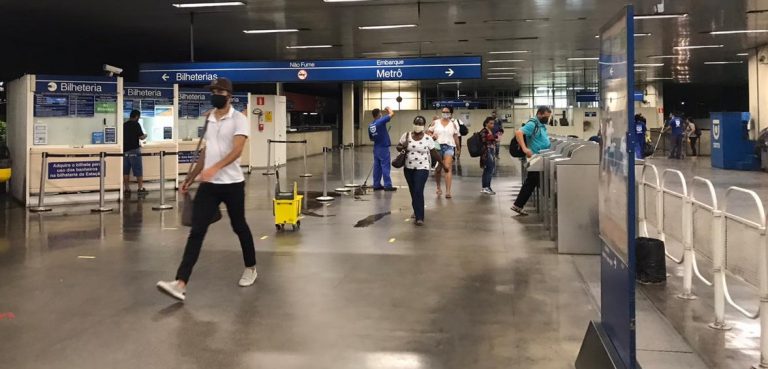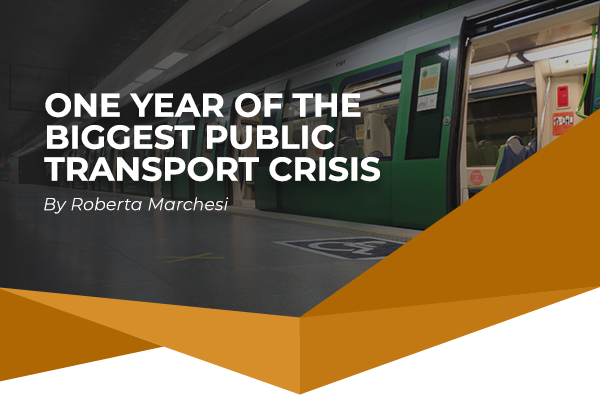by Roberta Marchesi*
Porto is the second largest city and the fourth most populous municipality in Portugal. With a population of just over 237,500 (2011), in Brazil it would be considered a small city. However, in terms of mobility, it stands out.
The city of Porto has the second largest subway system in Portugal, just behind Lisbon. Opened in 2002, the Porto Metro has 66.7 km in length, divided into 6 lines, which cover the entire city and move over 61 million people per year (2017). And it would already be a big network by city standards, but it doesn’t stop growing.
At the end of 2018, investments were approved for the construction of a new line and extension of a second line, which will add 5.9 km to the city’s network. In addition, the 2030 National Investment Program (“PNI 2030”) provides for the application of over 620 million euros into the expansion and modernization of Porto Metro’s equipment and systems. This is a lesson to be learned by public mobility managers in Brazil, as an example of planning, integration and appreciation of the public transport passenger!
In Brazil, there are 27 major metropolitan regions, with over 1 million inhabitants each, and less than half of them have some sort of structural rail transport system. Our largest subway system is still the city of São Paulo, which has a network of 93.2 km, to serve a population of 12.2 million people. And if we consider the medium-sized cities, which exceed 500,000 inhabitants, the situation is even more critical, since only 28% (12) of the 42 cities in this situation in Brazil have some kind of rail transportation.
There is no solution to the problems of urban mobility in medium and large centers other than passenger transport on rails. If we want to move forward with urban mobility in Brazil and bring our cities closer to the concept of SmartCities, generating various economic and social benefits and bringing better quality of life to citizens, it is essential to invest in the expansion of structural rail transportation, promoting their physical and tariff integration with the other modes of transportation of the city.
Old fallacies must be overcome, such as that rail transport is only for the big city, and invest in structuring networks in Brazil, so that we can reap the rewards of quality public transport.
Porto is just an example that rail passenger transport systems such as subways, city trains and Light Rail Vehicles are not just for big cities. But we have several examples like this around the world. A great inspiration for our public managers!
* Roberta Marchesi is Executive Director of the National Association of Passenger Rail Operators in Brazil (ANPTrilhos), Master in Economics and Postgraduate in Planning, Budget, Management and Logistics.






